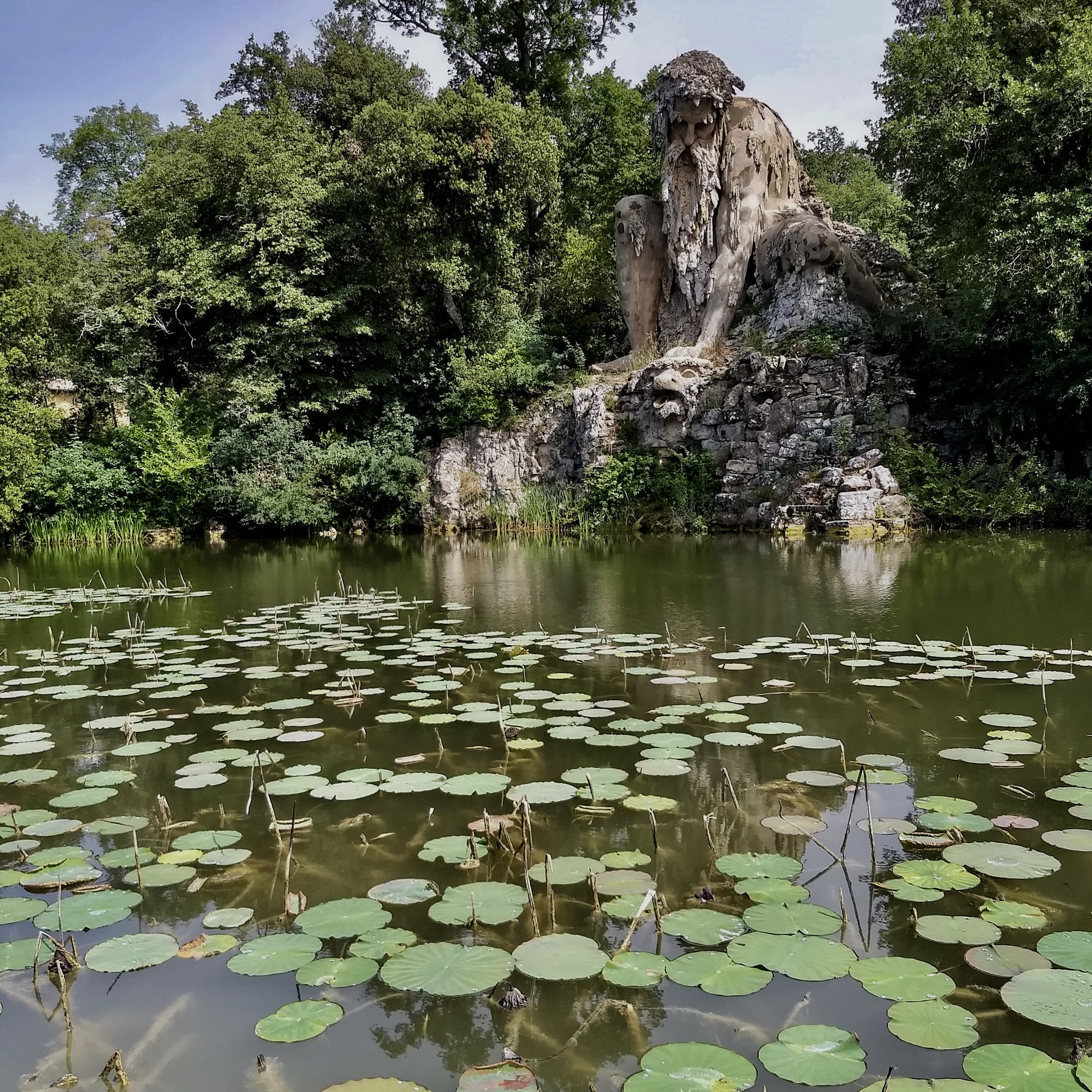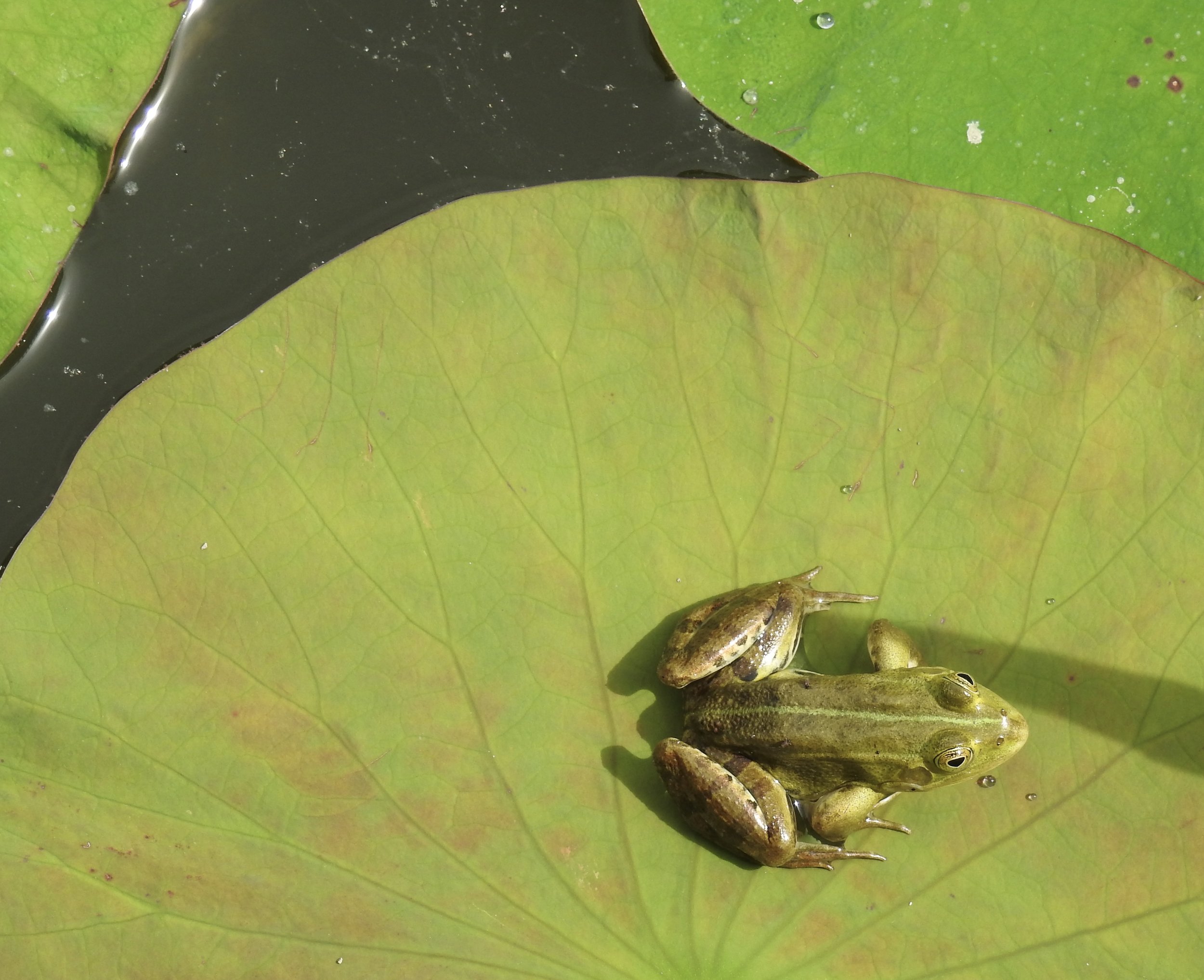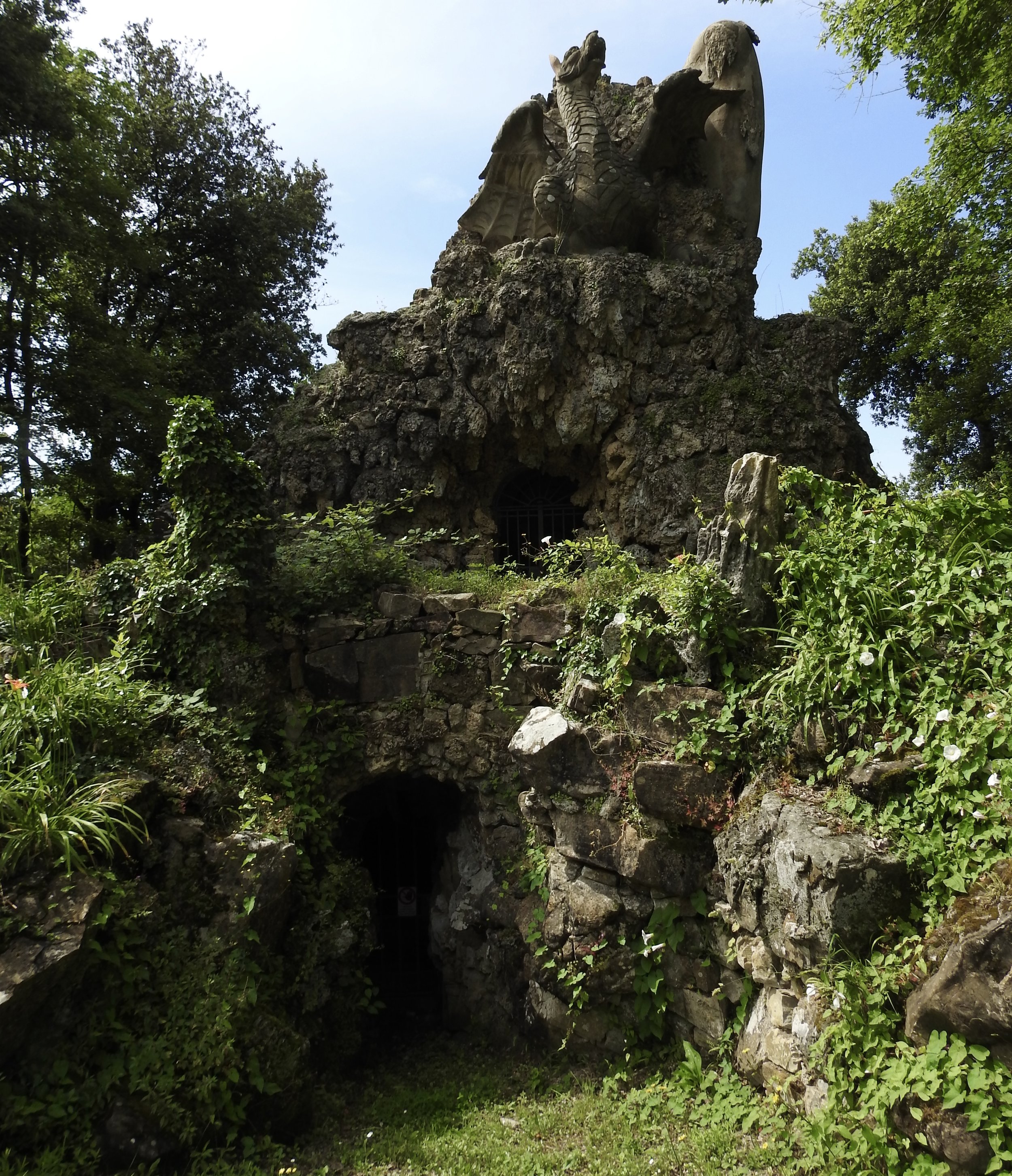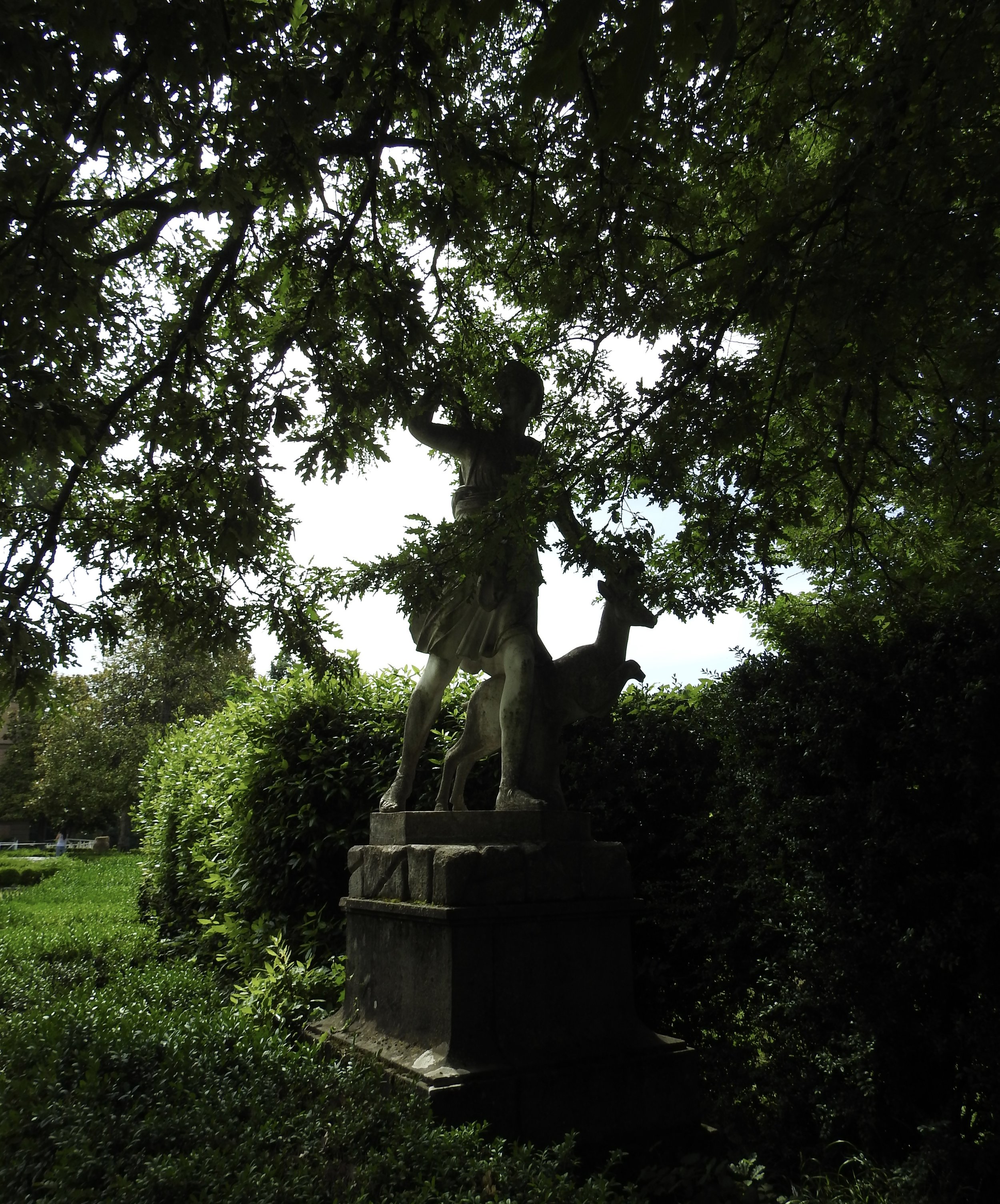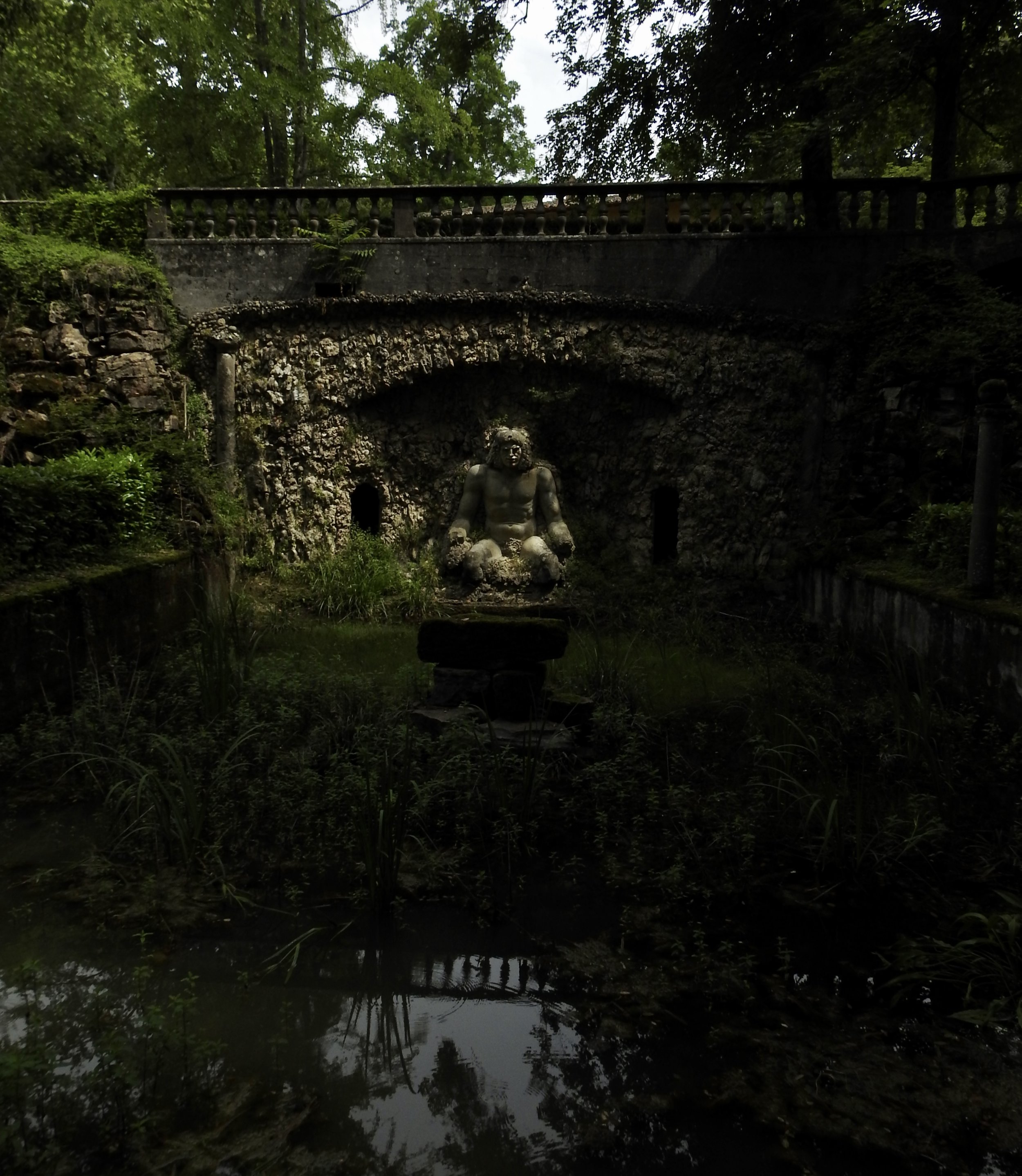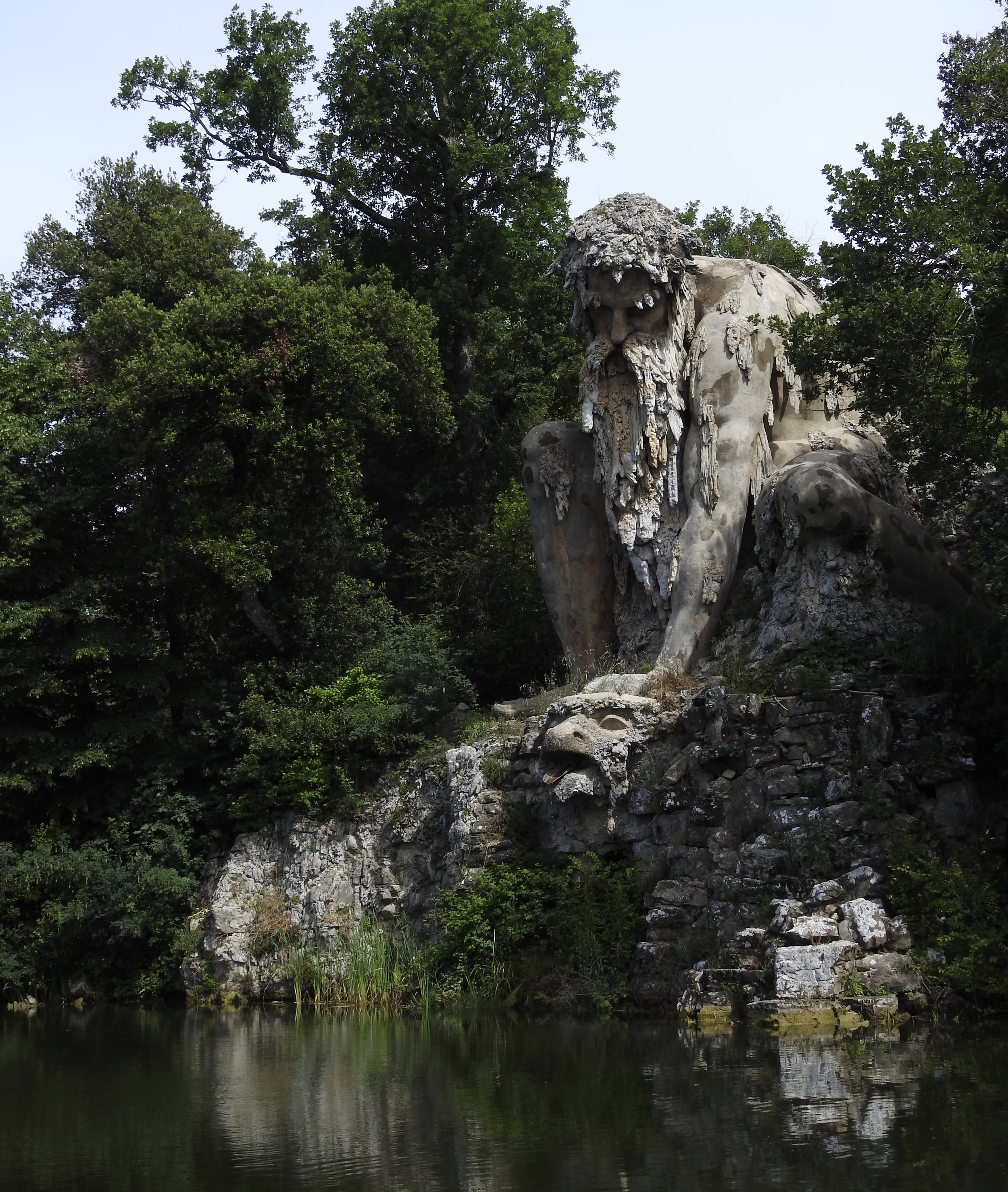Between its inlaid marble floors, soaring architecture, striking black and white columns, and densely decorated nave, Siena’s Duomo is an impressive structure by any measure. But perhaps its greatest jewel is the room known as the Piccolomini Library.
Then-Cardinal Francesco Todeschini Piccolomini, archbishop of Siena, commissioned the addition around 1492 in honor of his uncle, Pope Pius II (aka, Aeneas Silvius Piccolomini, 1405–64). Pinturicchio and his workshop frescoed the three windowless walls with ten discrete scenes from the life of Pius II and painted the ceiling in a brilliant clamoring of grotesques, allegorical figures, and mythological vignettes. Cardinal Todeschini Piccolomini also purchased the Roman marble sculpture of three graces (copied after a Hellenistic original) standing at the room’s center.
The library’s original purpose was to house the manuscript and printed book collection assembled by Pius II in Rome. Today, it continues as a museum of 15th century illuminated manuscripts and its own stunning frescoes.
For more information, check out the website for Siena’s Opera della Metropolitana.








